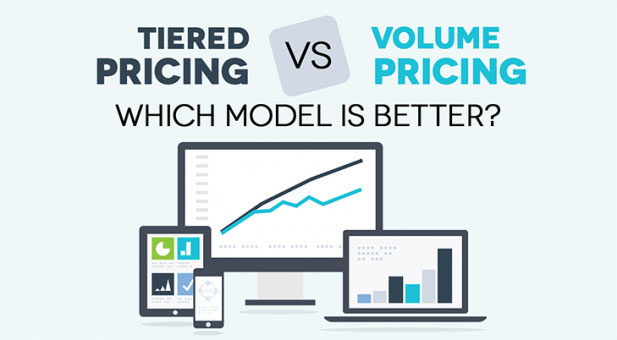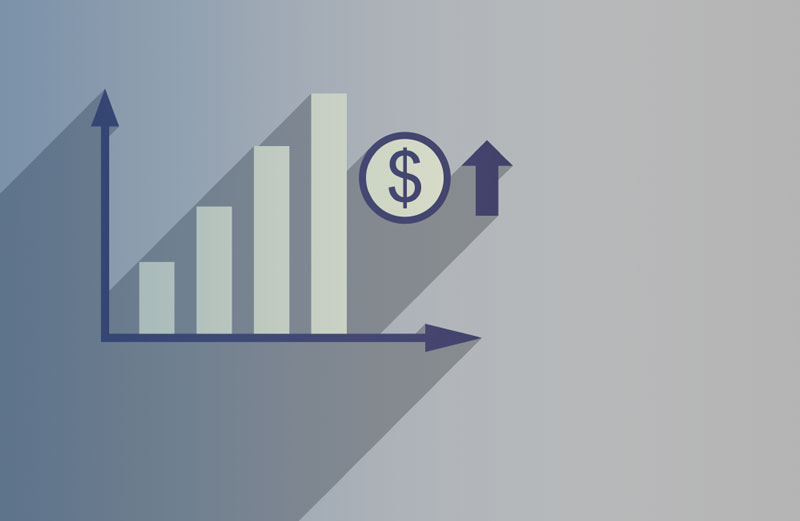Deep Think-Tank About: What Is a Tiered-Rate Account?
Jan 08, 2024 By Triston Martin
Introduction
What Is a Tiered-Rate Account? An interest rate that changes according to an account's state, such as its cash amount, is tiered. For instance, a savings or money market account may be connected to a graded interest rate schedule. Summary borrowing costs, such as those charged on the money in a cash account, are affected by the fund’s rate and the reserves market, both of which are influenced by the Federal Reserve.
Typically, the tiered interest rate schedule applies to accounts where the balances from one account to another may change substantially. For instance, the interest rate on a bank account with tiered rates may climb as the balance of the account increases.
Short Term & Long Term Rates
Interest rates are significant for everyone depending on fixed-income assets, including savers, investors, cash holders, etc. It is what individuals make from their "secure" funds. For people looking for financing, rates of interest are equally significant. It is the fee they agree to pay in return for the commitment to repay the borrowed funds later. The period of an investment or loan, among other things, affects the interest rate that a person or organization gets paid to lend money or is charged to borrow money.
Short-Term Interest Rate
A transaction or debt with a term from less than a year has a simple interest rate, often known as a money market rate. Treasury notes, bank certificates of deposit, commercial paper, and other financial instruments are all subject to short-term rates. Short-term interest rates are somewhat influenced by the federal funds rate and the reserves market, both of which are influenced by the federal reserve.
Long-Term Interest Rate
A financial asset having an expiry of one year or more has a long-term interest rate. Bonds, property, and notes payable all have long-term interest rates as a result. The Federal Reserve asserts a weak and erratic correlation between the Fed's financial conditions and long-term rates.
The Tiered Rate Schedule
The account holder with the bigger account balance receives a higher interest under the tiered rate schedule—the interest rate increases as the balance increases. The tiered rate encourages the account to keep a sizable balance in this manner. For a financial institution to be profitable, it is crucial to attract and keep clients. This is because the organization lends deposits to collect interest on the loans.
Requirements
The financial institution may have other terms that control the interest payments specified in the graded interest schedule in addition to the dollar amount of the account balance. For example, a bank can demand that you have a minimum daily amount or keep the volume of transactions on your bank account under a specified threshold. If you go over the former, the bank assesses you a fee that partially offsets the interest on your deposit that it provides you.

Pros
- Chance to get higher interest on savings
- Ability to increase quick
Cons
- Putting money into other businesses can be better for building good wealth
- A larger account will be required to balance for the highest rates
Alternatives to Tiered-Rate Savings Accounts
A few various options are also for generating interest on savings that one may consider if they want to increase their savings.
- High-yield savings accounts: Although they resemble normal savings accounts, high-yield savings accounts pay out substantially greater interest rates. Online banks are where you may find high-yield savings accounts most of the time. Because they don't have to invest in brick-and-mortar branch locations, these financial institutions may make significant savings that they can then pass on to their clients through greater interest rates, cheaper fees, and exclusive perks.
- Money market accounts are relatively safe because, like savings accounts, they are often guaranteed by the Deposit Insurance Corporation. They often provide an APY that is greater than a typical savings account. However, there may be a drawback: Money markets may feature withdrawal limitations similar to those in certain savings accounts and substantially higher basic deposit and balance requirements.
- Certificate of deposit: For certain customers, choosing a certificate of deposit over a savings account might be smart. Certificates of deposit, sometimes called CDs, are time or term deposits, indicating that the funds remain in the account for a certain amount of time. You'll probably incur penalties if you take the money out before the term's conclusion, sometimes known as the maturity date. CDs may provide greater interest rates than savings and money market accounts since you agree to keep your money on deposit for a certain time.

The Bottom Line
To get the maximum interest rate possible, this financial instrument encourages consumers to save more money. If account users are unsure about their need for long-term savings, it also helps them stay loyal to their present bank. The answer can be "yes" with a tier system account since clients are rewarded for their ongoing savings.





